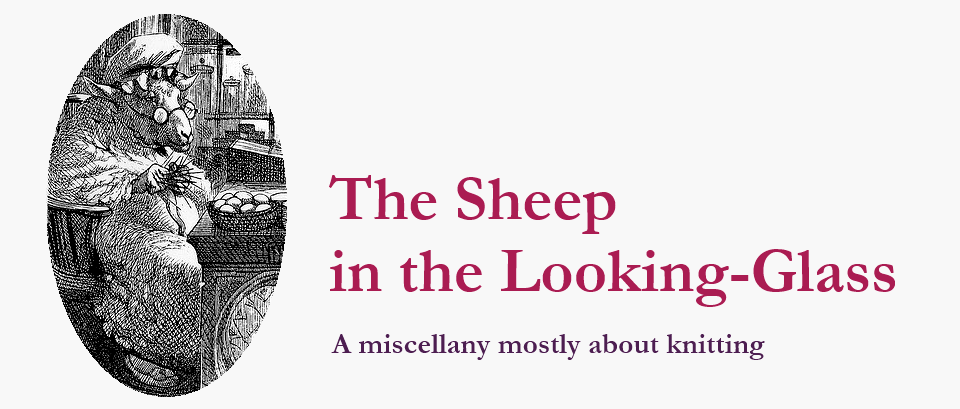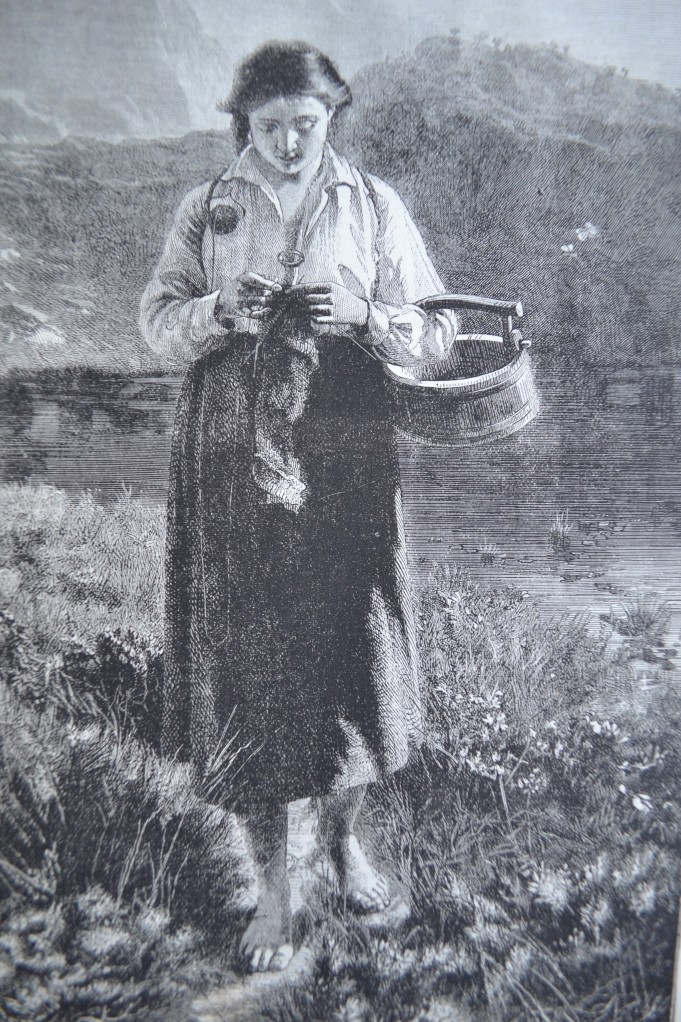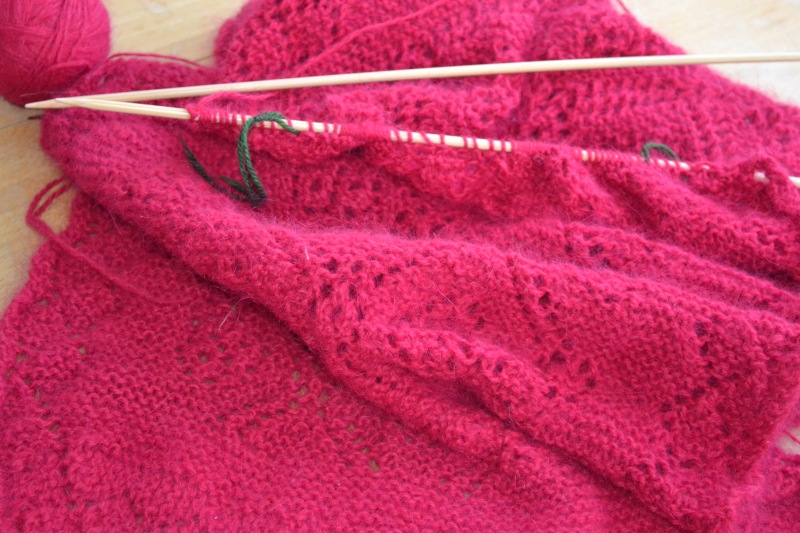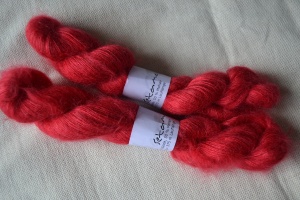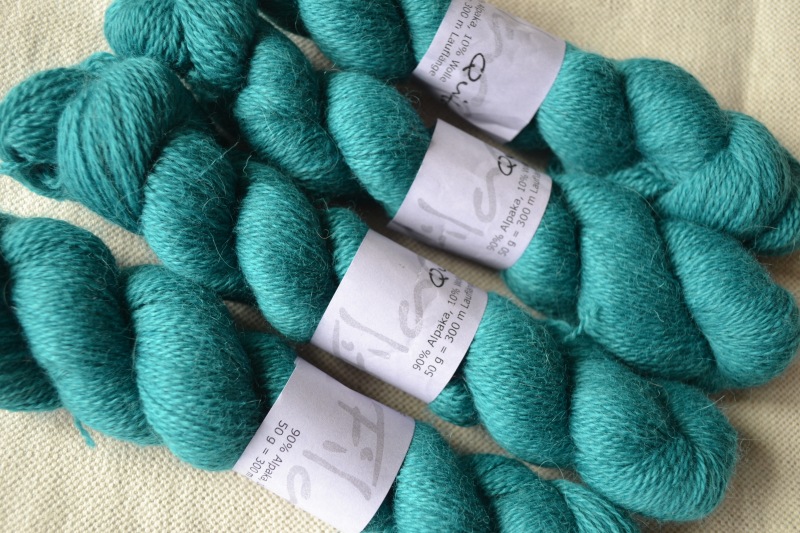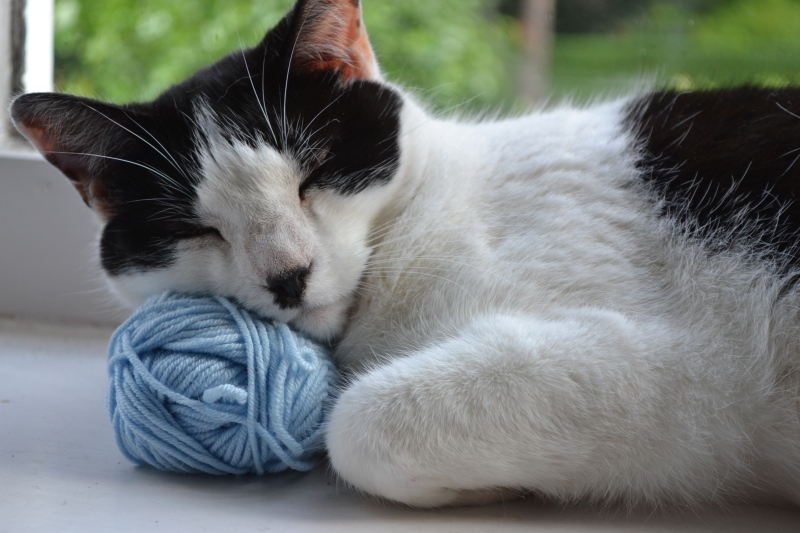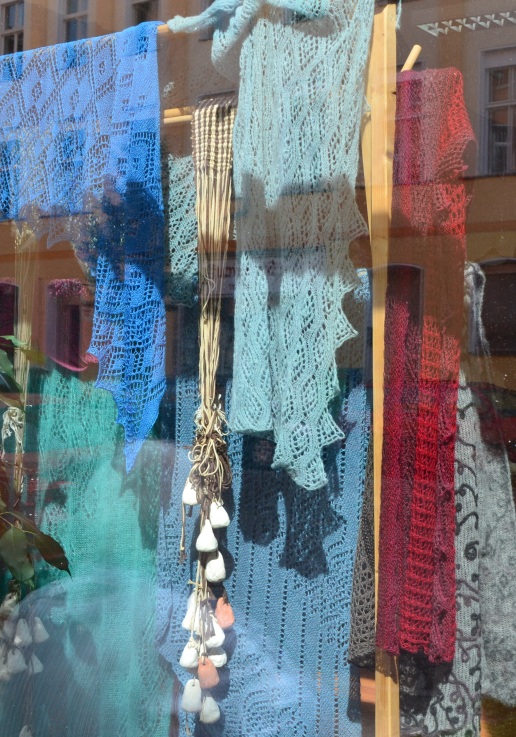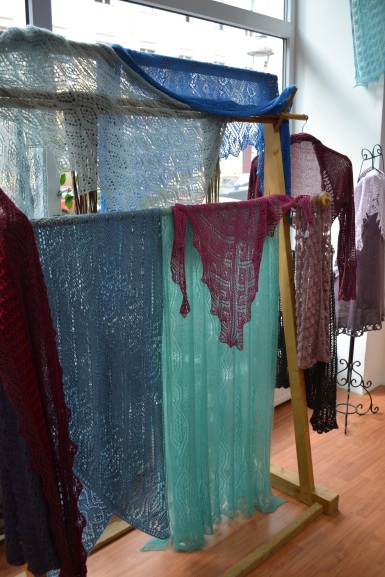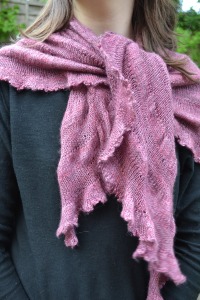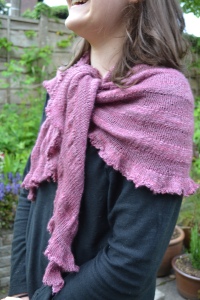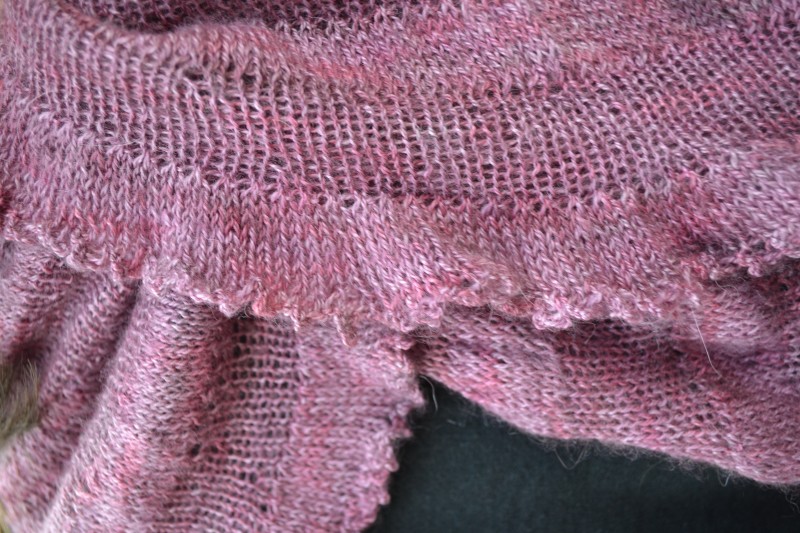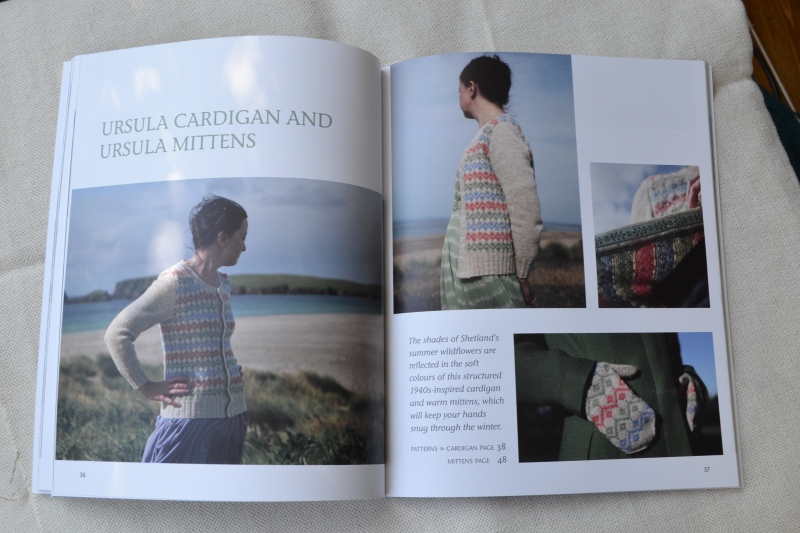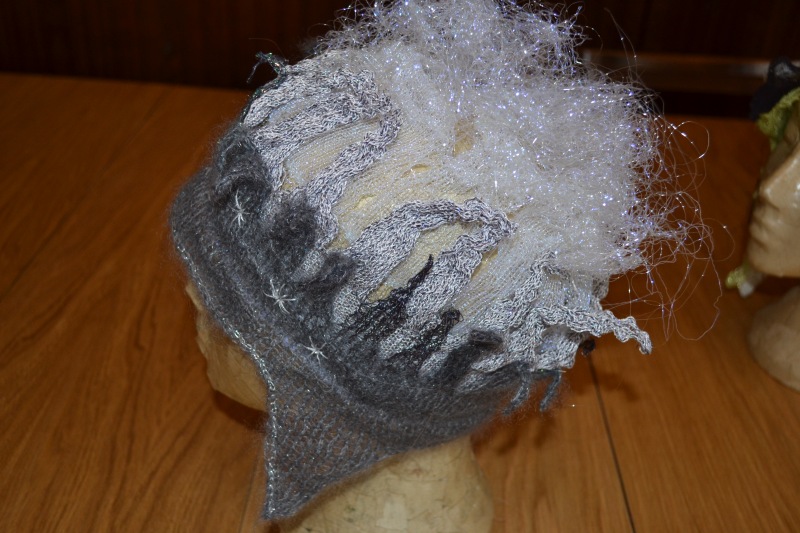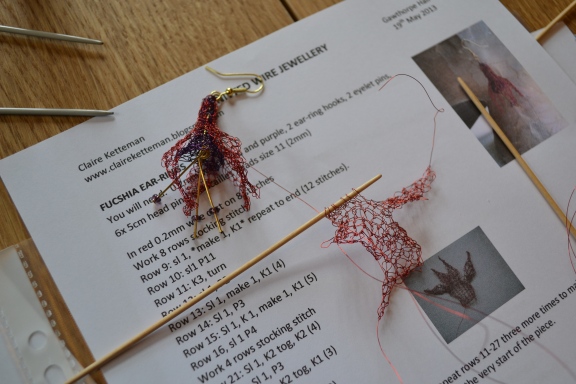The lovely team who look after the Rachel Kay Shuttleworth collection at Gawthorpe Hall are such an innovative bunch. Not only do they hold inspiring workshops and textile study days, they have cunning plan to use the historic collections to inspire new designs for knitting and crotchet patterns.
Those if us who know our museum history will be aware that this is a role for museums that the Victorians firmly believed in. How many museum studies students have written essays about the founding role of the South Kensington Museum, later the Victoria and Albert, to inspire British designers?
Last Thursday I was able to join a small group of designers as they pored over a wonderful selection of treasures from the museum collection.
They included Debbie Bliss who turned out to have a quietly wicked sense of humour and Kate Davies who writes one of my favourite blogs, Claire Montgomerie and Emma Varnam, who encouraged me to start this blog.
I can’t wait to see the designs that materialise from the Gawthorpe inspiration. Their plan is to sell the new patterns and to have them displayed – with the historic examples which inspired them – in the gallery. It will be fascinating to see how the designers reinterpret the knitted and crocheted treasures of Gawthorpe for today.
Shown here is a tiny selection from the many examples the curators had set out for us to study.
Image courtesy of Gawthorpe Textile Collection. Not to be reproduced without permission.
